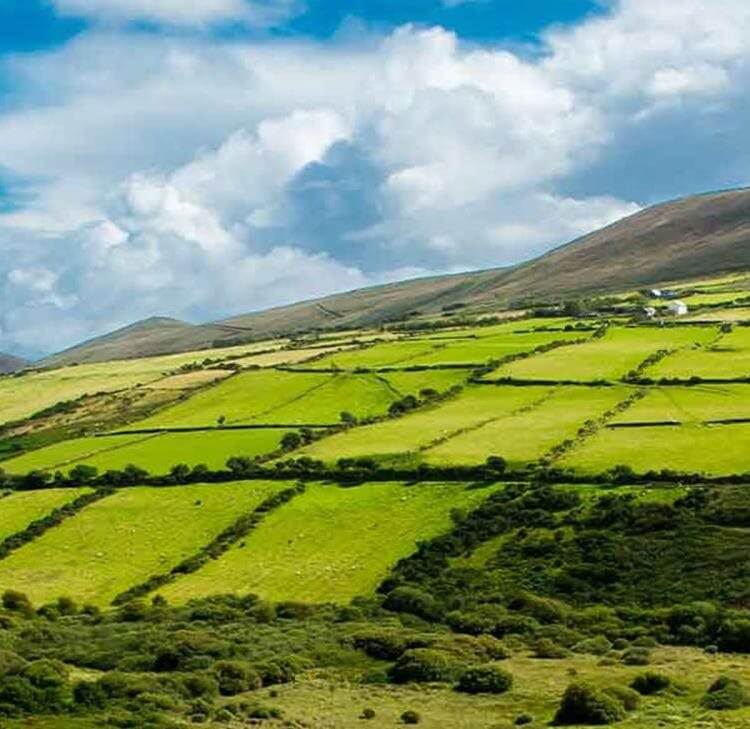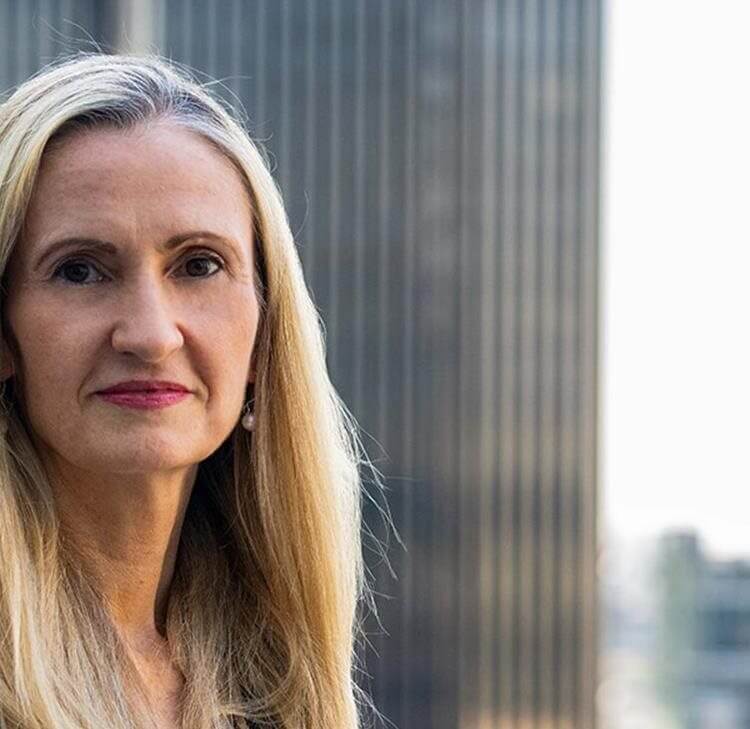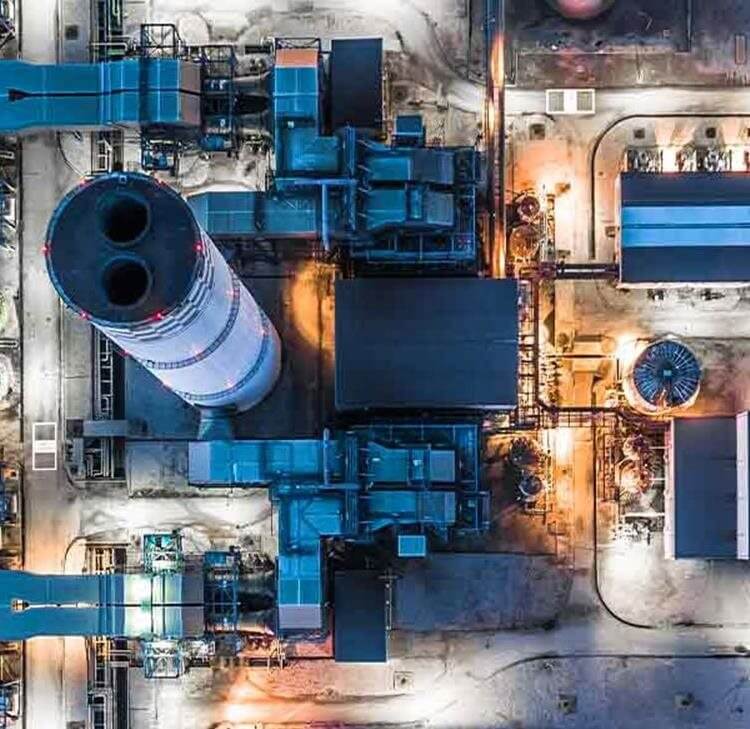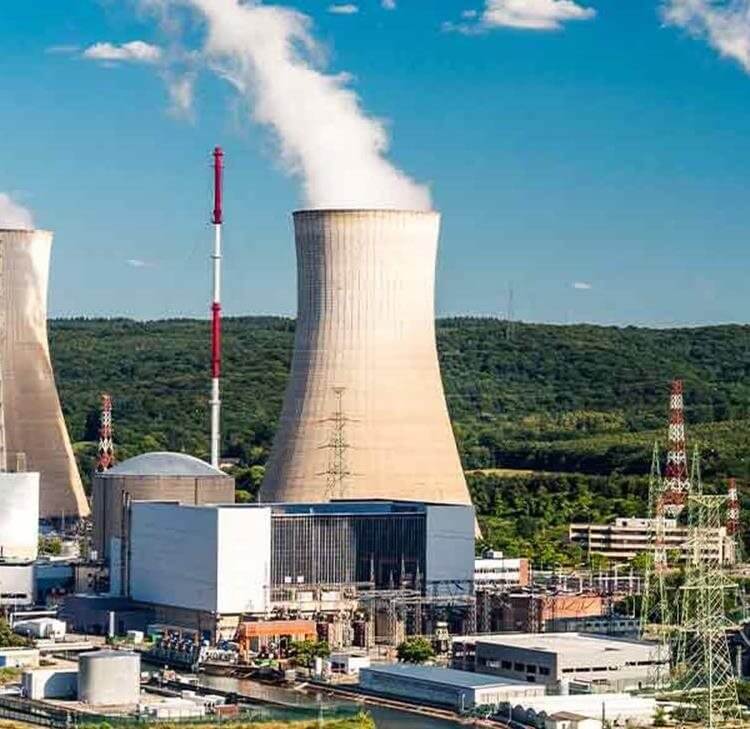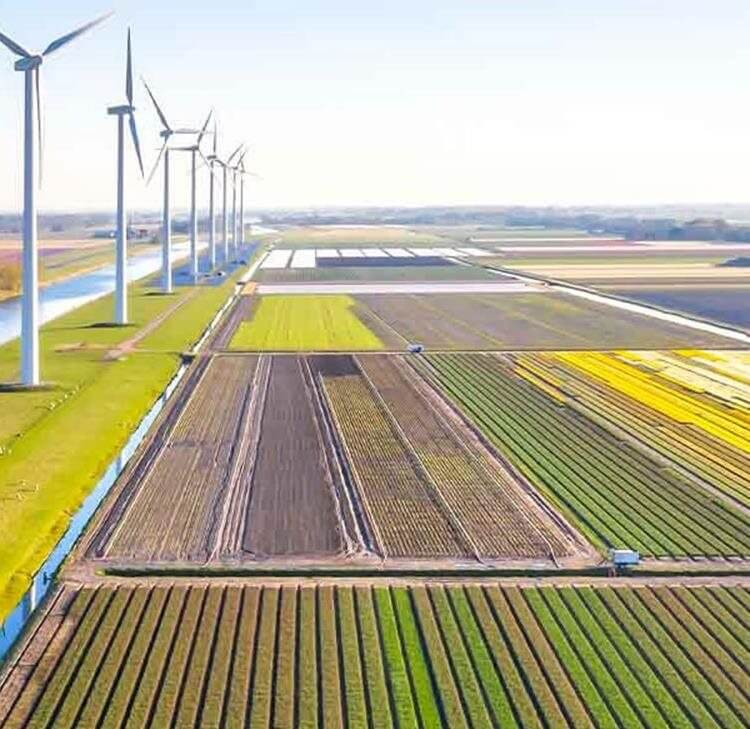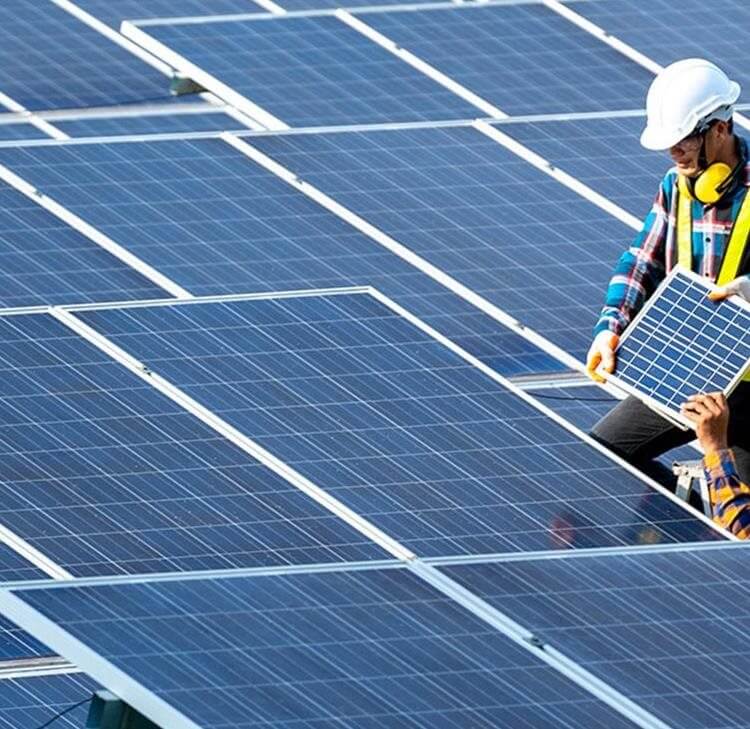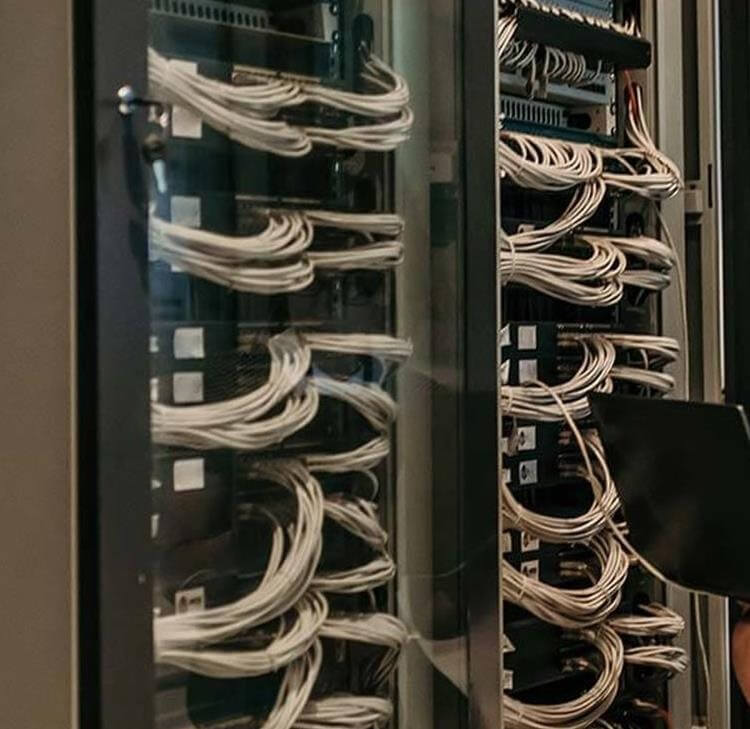Don’t let the lights go out – dealing with an insolvent energy supplier
There are a number of factors which have contributed to the crisis including the huge increase in wholesale natural gas prices, which have risen some 250% since the start of 2021. Since the start of last year, over 30 energy firms have gone bust in the UK alone.
Not a day goes by without a media article referring to the ongoing global energy crisis. There are a number of factors which have contributed to the crisis including the huge increase in wholesale natural gas prices, which have risen some 250% since the start of 2021. Further, over the last year, more than 30 energy firms have gone bust in the UK alone.
When a supplier fails, the energy regulator (Ofgem) has two routes available to ensure the continued provision of supply for affected customers:
- the ability to appoint a new supplier, through its Supplier of Last Resort power; and
- if the Supplier of Last Resort is not feasible/appropriate, Ofgem can seek consent from the Secretary of State to place the failed firm into administration under a special administration regime known as the Energy Supply Company Administration.
We have summarised below the two routes and what steps HE providers should be taking if their supplier goes insolvent.
What is a Supplier of Last Resort?
When an energy supplier becomes insolvent, Ofgem will attempt to ensure the supplier’s customers still have access to essential services by appointing a new supplier for the affected customers – this is known as a Supplier of Last Resort (SoLR). It is important to highlight that the energy supply will not be disrupted as it is protected by Ofgem’s safety net.
Under the SoLR process, Ofgem can direct any gas or electricity suppliers to take over responsibility for supplying energy to the failed company’s customers. The factors that Ofgem takes into account include whether a proposed SoLR:
- has arrangements in place to source energy for all existing and new customers;
- has volunteered for the role;
- can comply with current credit cover rules and provide the increased cover required without reaching credit limits; and
- has the ability/capacity to operate the change of supplier process to minimise any disruption to customers and deal with customer enquiries.
Ofgem will usually ask suppliers to notify it of their willingness to be considered as a SoLR, but Ofgem does have the power to appoint a SoLR without the replacement supplier’s consent. Once Ofgem has assessed the various suppliers against specific criteria, and a SoLR has been identified and put in place, the failed company’s gas and electricity supply licences will be revoked. At this stage, the company is no longer a regulated company and can be placed into an ordinary administration or any other insolvency process.
Business customers’ credit balances are not protected under the Ofgem safety net. Ofgem will always try and appoint a new supplier to cover all or some of the failed supplier’s outstanding credit owed — but this is not guaranteed.
What happens after an SoLR is appointed?
The SoLR takes over the customers of the failed supplier from the moment the failed supplier’s license is revoked ensuring continuity of supply. Within a reasonable timeframe, the appointed SoLR must inform these customers that their original supplier stopped supplying energy to them and it is now their new supplier. It also states the tariffs it will charge, which at the current time is very likely to be deemed rates for electricity and gas. Customers are free to switch to another supplier.
If the new supplier gets in contact, HE providers should ask about the business tariffs available. Before agreeing to a new contract, HE providers should definitely shop around to see what other options are available as they will not be charged an exit fee.
What is a Special Administration Regime?
Ofgem and/or the Secretary of State will only make an application for an energy supply company administration order if a SoLR regime is not feasible. The usual objectives of an administration under the Insolvency Act 1986 (i.e. to maximise the returns to creditors if a company cannot be rescued as a going concern) are disapplied under the special administration regime. This is to ensure continuity of supply to the customers. The administrators in particular are required to ensure that the energy supplies are continued at the lowest cost which is reasonably practical to incur until the company is rescued, sold or its supply activities are transferred to another company.
What happens if an administrator takes over your supplier?
The administrator will ensure that the supplier continues to operate and look at ways to rescue the supplier.
Your supplier will be in contact with you to explain what is happening. You can switch to another supplier and your credit balance will be protected.
At a future date, the administrator may close down your supplier and move you to another supplier. If this happens, they will let you know exactly what is happening in advance.
Again, your supply would not be disrupted and, after being moved to your new supplier, you would be free to shop around and switch if you wished.
Points to consider when HE providers are choosing an energy supplier
Given the current market, selecting an energy supplier purely based on the cheapest prices might not give you sufficient security. In order to protect against the risk of a supplier going insolvent, HE providers should also consider the financial standing of their supplier and its ability to weather market uncertainty. Whilst the big six energy suppliers are not likely to be the cheapest, they will likely provide more comfort in terms of their solvency.
It is also important to consider looking at other sources of energy. A recent study undertaken by The Centre for Doctoral Training in New and Sustainable Photovoltaics has found that installing solar panels on historic buildings would be financially sensible despite the large initial outlay and it would also help decrease their carbon footprint. Therefore, alternative energy sources can help to reduce your costs base and reliance on an energy supplier. It would also tie in with the Government’s Net Zero Strategy (which envisages reduction of energy consumption in commercial and industrial buildings by 2030).
We have been advising a number of education providers as to their options when an energy supplier has gone insolvent. If you need any support when assessing your options, or have any queries arising from the issues raised in this article, then please contact us.


